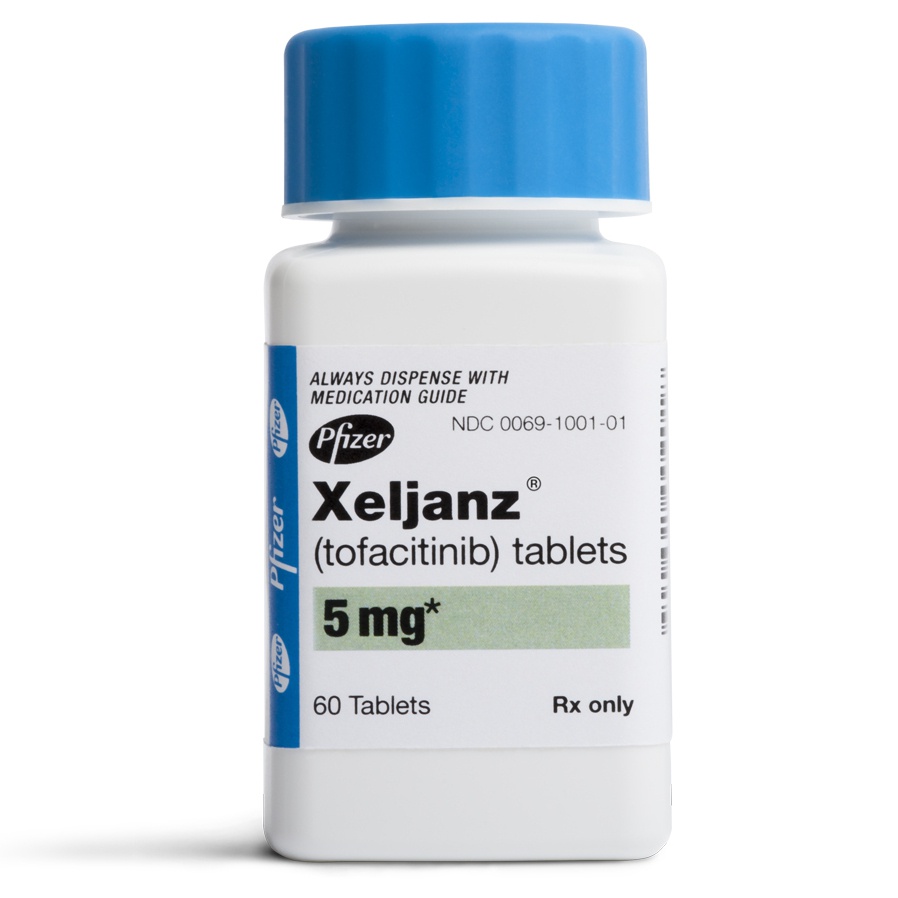Part I of this post examined whether the cited prior art actually qualifies as prior art for the purposes of prior claiming and also analyzed the patentability of an enantiomer over a racemic mixture. Part II of the post analyzes the Section 3(d) rejection and the potential influence it can have in future. Further Part II of the post also analyzes the extent of disclosure required for Section 8. [991/MUMNP/2003 DECISION].

Image from here
In addition to prior claiming,the Controller also rejected the claims based on Section 3(d);He further stated that the ‘991 application claims the enantiomer of the “known compound” claimed in prior art D1, and in order to in order to overcome Section 3(d) rejection,’991 application should show an enhanced efficacy over the compound of the prior art D1,
Section 3(d) of Patents Act states that: “The mere discovery of a new form of a known substance which does not result in the enhancement of the known efficacy of that substance or the mere discovery of any new property or new use for a known substance or the mere use of a known process, machine or apparatus unless such process result in a new product or employs or least one new reactant.” Explanation – For the purposes of this clause, salts, esters, ethers, polymorphs, metabolites, pure form, particle size, isomers, mixtures of isomers, complexes, combinations and other derivatives of known substances shall be considered to be the same substance, unless they differ significantly in properties with regard to efficacy.”
For further reading on Section 3(d) and its nuances I recommend this article authored Shamnad and Prashant.
Cited prior art D1: Does it qualify as prior art?
Prior art D1 IN 241773 or WO/0142246: discloses 3-{4-Methyl-3-[methyl-(7H-pyrrolo[2,3-d] pyrimidin-4-yl)-amino]-piperidin-1yl}-3-oxo-propionitrile.
991/MUMNP/2003 or WO/02/096909: claims the enantiomer 3-[(3R,4R)-4-methyl-3-[methyl(7H-pyrrolo[2,3-d] pyrimidin-4-yl) amino] piperidin-1-yl]-3-oxopropanenitrile.
Referring to section 3(d) the IPAB observed: “As we see, the object of amended section 3(d) of the Act is nothing but a requirement of higher standard of inventive step in the law particularly for the drug/pharmaceutical substances.”
A combined reading of Sections 11 and Section 25(e) shows that for the purpose of obviousness a reference is considered as prior art only if the prior art article is published after the priority date of the application in question. Prior art D1 IN 241773 or WO/0142246 was published on June 14,2001 which is after the priority of the ‘991 application (May 31,2001).
Known substance: To whom should it be known?
This is where it gets complicated, prior art D1 has an earlier priority date than the ‘991 applications although prior art D1 was published later. Prior art D1 and the ’991 application have a common applicant (Pfizer). D1 was filed earlier than the ‘991 patent application, so at the time of filing the ‘991 patent application Pfizer (the applicant) would have known about the compound claimed in D1. The Controller further stated that the applicant cannot deny that the compound of the prior application was not known to them.
The applicants contended that for Section 3(d) to be applicable the known compound has to be available to the public. Hence, section 3(d) is not applicable to the present case.
Comparative data for demonstrating therapeutic efficacy:
Tofacitinib :3-[(3R,4R)-4-methyl-3-[methyl(7H-pyrrolo[2,3-d]pyrimidin-4-yl)amino]piperidin-1-yl]-3-oxopropanenitrile
Tofacitinib has 2 chiral centers at C3 and C4, with 4 possible stereoisomers. According to the applicant, among the four possible Tofacitinib enantiomers 3R, 4R/ 3R, 4S/ 3S, 4S/ 3S, 4R, only the 3R, 4R enantiomer (Tofacitinib) exhibits pharmacological activity.
After the Controller refused to accept the applicants position that D1 does not qualify as prior art for Section 3(d), the applicant submitted data showing that the 3R,4R enantiomer i.e. Tofacitinib is has enhanced efficacy. The applicants relied on 2008 publication by the inventors and submitted that Tofacitnib i.e. the 3R,4R enantiomer highly selective for Janus kinase family of receptors compared to the rest of enantiomers i.e. 3S, 4S; 3R, 4S; 3S, 4R. However the Controller was unconvinced and insisted on data showing efficacy of Tofacitinib over racemate compound claimed in prior art D1.
The Controller said that the applicants should have demonstrated efficacy in the patent application and should not rely on a later publication(2008) to demonstrate efficacy. “The applicant did not prove the claimed compound to be of significant efficacy and such factors were never been a part of their disclosure in the specification filed in 31st May, 2001. Rather they have taken shelter of a document of the year 2008 which is not its invention and trying to correlate their invention with the findings of the said document. The applicant is supposed to establish the enhancement of therapeutic efficacy of the specifically claimed form over D1 by substantive research data. They failed to provide such findings even after lapses of plethora of opportunities.”
Section 8 Disclosure?
Curiously the Controller in his decision rejecting the patent application, also seemed to allege a non-compliance with Section 8 and stated that the applicants had suppressed the fact,that cited prior art D1 had also been filed and was granted in India. Section 8 read with Rule 12 states that an applicant must file a statement furnishing details of any patent application being prosecuted by him in a foreign country in respect of the same or substantially same invention.
What amounts to “disclosure of same or substantially same inventions” is a grey area! But usually for purposes of Section 8 an applicant is only required to disclose foreign filing information pertaining to the patent application being examined and its divisionals/applications claiming same priority. In this case Prior art D1 and the ‘991 applications are separate patents stemming from different priority applications with different priority dates. So why is one required to disclose information on a prior art application while prosecuting the patent application?
Readers, I would love to hear your thoughts on this decision.Please chime in with your comments.
It will be interesting to see whether Pfizer appeals this decision again. Stay tuned for more!